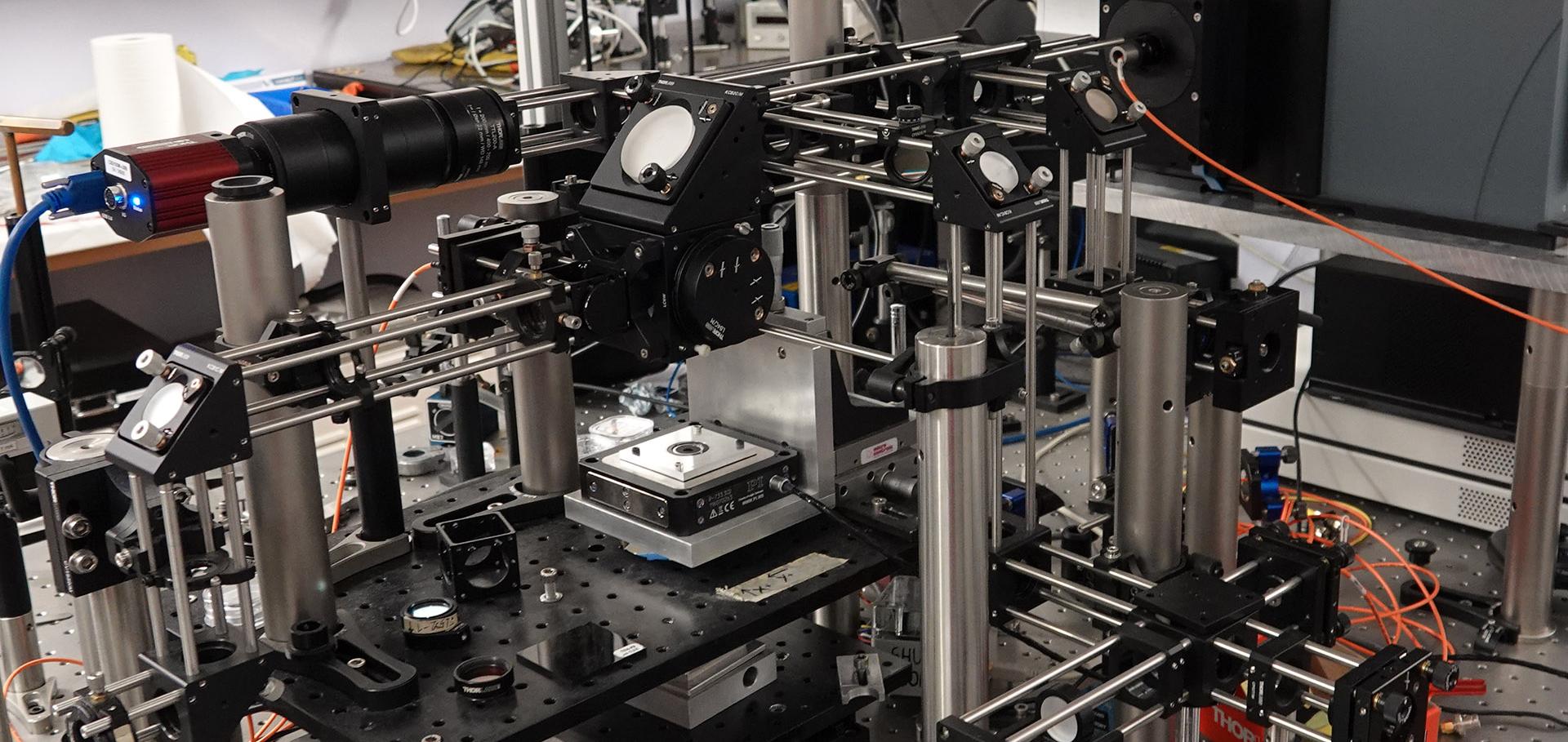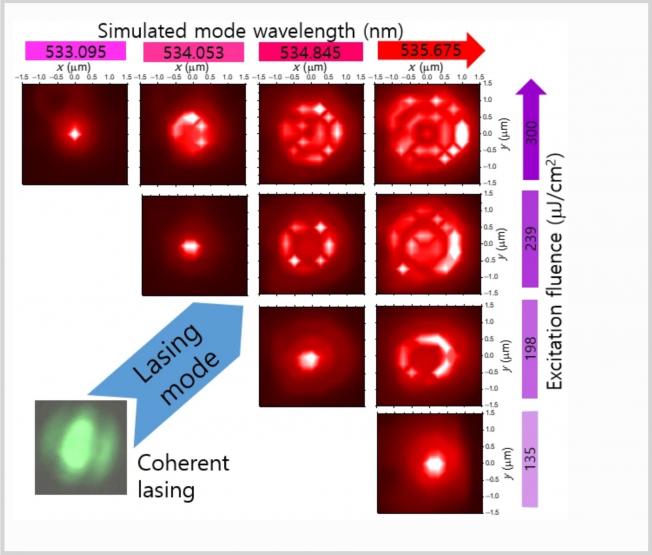Reduction of radiative lifetime and slow-timescale spectral diffusion in InGaN polarized single-photon sources
(2019)
Exciton-Polaritons in Uniaxially Aligned Organic Microcavities
(2019)
III-V compounds as single photon emitters
Journal of Semiconductors IOP Publishing 40:7 (2019) 071906
Mitigating the photocurrent persistence of single ZnO nanowires for low noise photodetection applications
(2019)
Unravelling the key role of surface features behind facet-dependent photocatalysis of anatase TiO2
Chemical Communications Royal Society of Chemistry 55:30 (2019) 4415-4418



